We would like to thank Crown Family Philanthropies and the Abe and Ida Cooper Foundation for supporting the ongoing work to create content and resources for the Holocaust Encyclopedia. View the list of all donors.
![Illustration from an antisemitic children's primer. [LCID: 10640c]](https://encyclopedia.ushmm.org/images/thumb/4c6348d1-d3e6-4be3-aae5-b12761f4f20a.jpg)
Featured Article
Antisemitism
The term antisemitism was coined only in the nineteenth century, but anti-Jewish hatred and Judeophobia (fear of Jews) date back to ancient times and have a variety of causes.
Must Reads
Explore the Encyclopedia
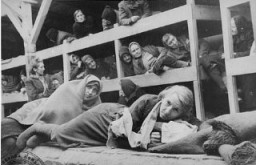
ID Cards
Learn more about personal experiences during the Holocaust
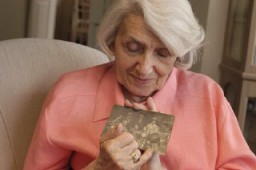
Timeline of Events
Explore a timeline of events that occurred before, during, and after the Holocaust.
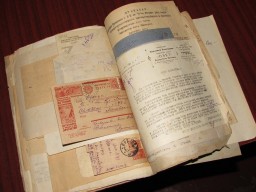
Discussion Questions
How and why was the Holocaust possible?

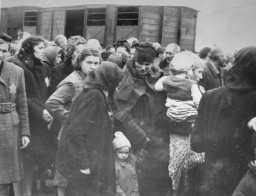
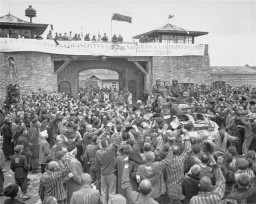
![German soldiers direct artillery against a pocket of resistance during the Warsaw ghetto uprising. [LCID: 34083b]](https://encyclopedia.ushmm.org/images/thumb/8ffe37b4-0b4f-4966-9e03-838766fb9e89.jpg)
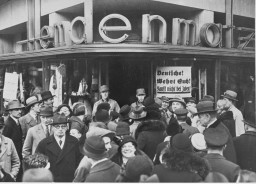
![SS troops advance during the invasion of Greece. The invasion of the Balkans began in April 1941. [LCID: 20390]](https://encyclopedia.ushmm.org/images/thumb/32fa216d-f273-4760-9c01-099e4c03dcd1.jpg)
![Jews from Macedonia who were rounded up and assembled in the Tobacco Monopoly transit camp before deportation to the Treblinka killing ... [LCID: 79737]](https://encyclopedia.ushmm.org/images/thumb/f2c4528d-d346-46d8-a20c-1cde912c2078.jpg)
![Chief Prosecutor Benjamin Ferencz presents evidence during the Einsatzgruppen Trial. [LCID: 09918]](https://encyclopedia.ushmm.org/images/thumb/b8542ad8-3e73-4b7c-a368-2dcbc971fa85.jpg)
